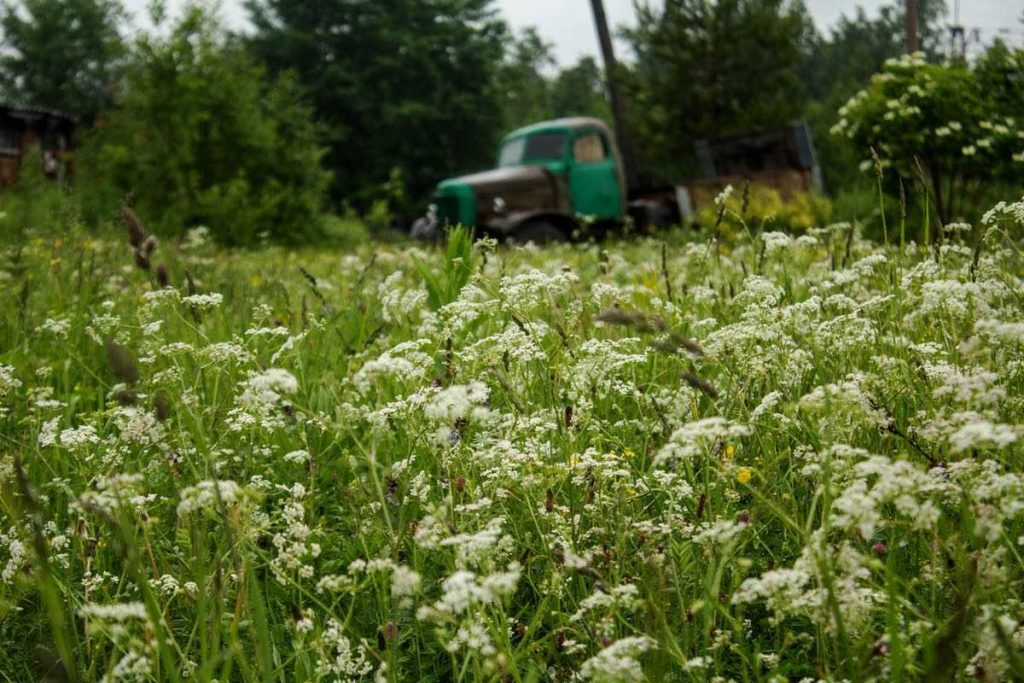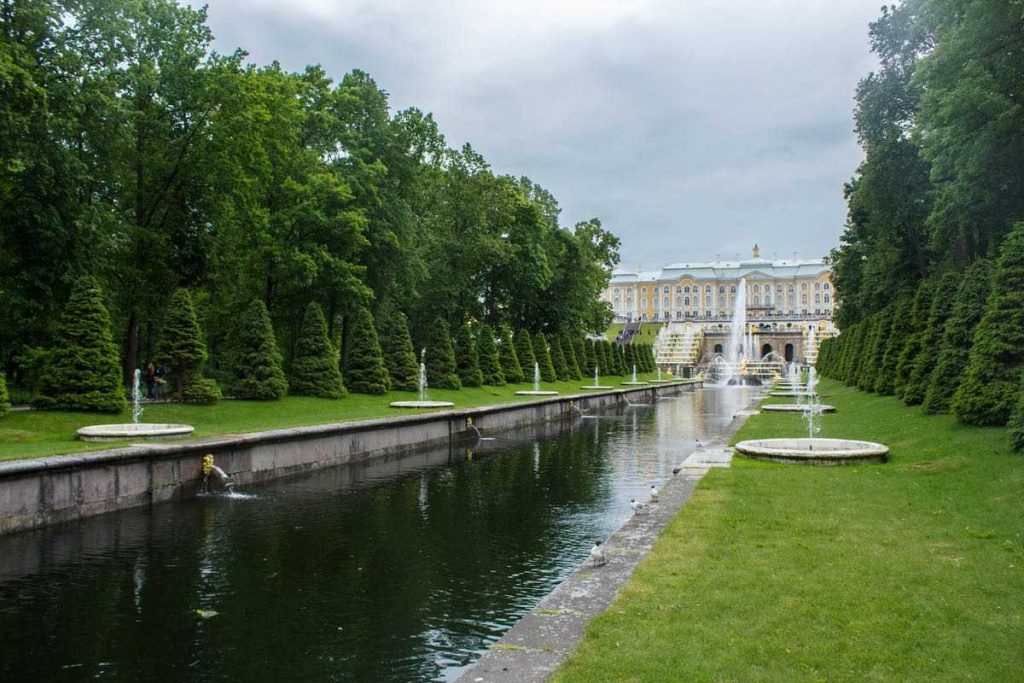Four, I mean, three hours to go now. The time-zone has changed again. I must factor that in as I look from the digital clock showing Moscow time to the window again. Towering forest, rolling hills, picture-book dachas coupled with neat gardens and bunyas, wide rivers and then inside: the pretty girls and good-looking guys, our interactive inmates – just a few of the charms aboard this overland dormitory. The odour of men ‘freshening up’ is diffused by the breeze wafting through my window.

Life stirs again, long after daybreak. After all, that was around 3 AM. Or was it at 2? Who really knows? Did night ever come? At 9pm, it was still quite bright. I had resisted the temptation to stay awake watching the passing beauty until darkness should cover it. Trying this once was enough and I had nearly gone to sleep after 11pm, that time. In Saint Petersburg, they call it “the white night”. I think I understand why now. The said scenery before me seems incomparable to that of Australia. The laughter and smiles, yes, they are similar and yet, unique. The music of voices – a far different sound. It is indeed, all part of the Trans-Siberian experience.
Our last few moments on this first leg of the train journey are somewhat busy, then contemplative. The provodnitza hands us back our tickets for a memento and we in turn, hand in our used linens. She does a good job at keeping the train clean.
Clad in a full-coverage apron she insists on us lifting our feet as she wipes the floor with a unique, towel-mop. At least twice in our 24 hours on-board, the walkways have been swept and mopped. And yet, the Russians are careful not walk barefoot. Rather, slippers or flip-flops called ‘Tuhpki’ are the order of the day and aren’t only essential on the train, they are the only acceptable footwear in any Russian home too.
As for the only acceptable response to a hospitable, Russian hostess, one ought to have a hearty appetite and an appreciation for borscht, buckwheat, bread and forest-harvested mushrooms or berries, if you prefer. So I am discovering, anyway. Such foods have been the mainstay of the nation for decades, perhaps, centuries. Tales of entire villages surviving on forest gatherings of ferns, berries, nuts and mushrooms during times of hardship demonstrate this fact. One needn’t drink vodka to experience Russian beverages. Kompot and kvas are also culturally unique and likely to be repeatedly offered at a meal. Both are slightly sweet, with the former drained off from cooked fruits or berries and the latter: mildly fermented grain, offering a zingy, malt-like flavour. The very essence or flavour of Russia, however, is dill. I am learning that it not only improves every savoury meal – it is perfect chomped on, as is.
Another thing that just ‘is’ would have to be the definite and yet enchanting disorder of this land. It seems to create an old-world charm. Even in chilly Saint Petersburg, I marvel. At one major, yet non-signposted intersection: trams, sedans, trucks and 4WDs all queue across it, vehicles facing every single possible way, all attempting to pass at once. While I gasp, there is a grin and chuckle from our driver, Sergei, with the quick explanation, “It’s wild Russia! The disorder works for us.” There are other sights, of course: high-rise flats here and forest-like parks there and an onion-domed church in the distance. There are also the traditional, timber-clad, steep-pitch roofed houses. Then the upper class homes and grandest of all along our route is Peterhof and Putin’s official residence. This is a lovely, yes, beautiful city. And yet, the gentle hum of the engine, the murmur of voices and the atmosphere that rainfall on heritage streets creates, lulls me off to sleep.
It’s another day and I have my chance to not just glance at the exterior, but to explore the Peterhof grounds in full. Tickets in hand, I walk with my parents and Russian friends through the gates. My eyes widen in wonderment at the sight. The imposing and golden-topped mansions impress me with Peter the Great’s wealth and sense of style. The view from here is both refreshing in its living greenery, blue waters beyond and attention-grabbing in the abundance of gold-gilded statues and large fountains that adorn the hillside at hand. We walk down each meandering path, some flanked by portions of forest-like area, others leading to Peter’s actual preferred simple residence, overlooking a small lake or perhaps to the joker’s corner where children squealed with excitement as they tried to race across a path before the water jets on either side would send forth their next spray.
We wander off the path too. We aren’t the only ones either. Others are drawn to the same little things, as we. Squirrels. This little one scampers from me to another squatting figure and then back, quick as a dash and seemingly mutually curious. Here, amongst the artistic, black and white birch trees, the chattering of the squirrels and the surrounding verdure I feel so relaxed, in awe of beauty, both natural and collaborated. And I can’t help but think that both God and Peter the Great must also have loved beauty. No wonder he and his family lived here for their summer holidays.
I can’t help wondering, “Where did they live the rest of the year?” Maxim answers my query with only a mild Russian accent, “The Winter Palace. It’s called the Hermitage: here the royal family spent most of their time,” he enthuses. Entering and exploring this place is not so much through gates and gardens as it is through gigantic timber doors and room after room, after room. In fact, it seems to me to be a bit of a square, circuitous adventure. Each ornate, spacious room now boasts some rich display of art aside from the unique parquetry beneath my feet to the gilded ceilings and pillars above and on the sides. Here I see countless classic paintings, tapestries, carvings, mosaics and more, all calling my attention to their intricate details.
I could stay longer in here, but Dad is weary from walking. It seems this building isn’t much smaller than the Summer Gardens themselves! I am seeing Moscow next. This city: true to reputation, its skies are greyer, its roads busier, yet the architecture here still awes me. At Red Square today, there are many vendors selling their traditional wares and foods. I take it all in and realize, I only have four, maybe three days left now. St. Basil’s Cathedral, the Kremlin, the elaborate fur-trading mall are all vividly contrasting against the sky. It’s different from those first towering forests and neat dacha gardens. Yet, it’s all the Russian experience.














